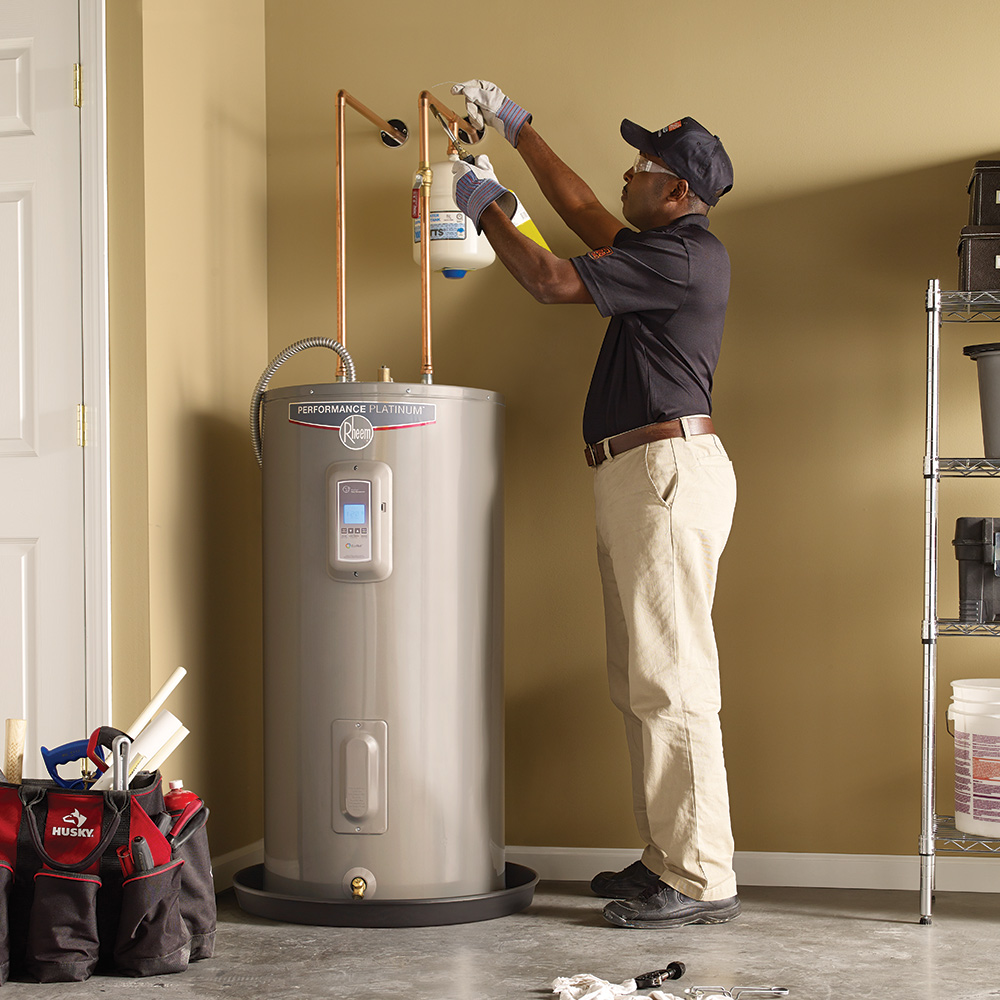Expert Guidance on Caring for Your Home's Hot Water System
Expert Guidance on Caring for Your Home's Hot Water System
Blog Article
Every person will have his or her own theory in relation to How to Maintain Your Water Heater & Prolong its Life.

Warm water is essential for everyday convenience, whether it's for a rejuvenating shower or washing meals. To ensure your hot water system runs successfully and lasts much longer, normal maintenance is key. This short article provides sensible ideas and insights on just how to preserve your home's hot water system to stay clear of disturbances and expensive repair work.
Intro
Preserving your home's hot water system may seem difficult, but with a couple of easy actions, you can ensure it runs smoothly for years ahead. This overview covers everything from recognizing your hot water system to do it yourself maintenance pointers and understanding when to contact specialist assistance.
Importance of Preserving Your Warm Water System
Regular upkeep not only expands the life expectancy of your warm water system but additionally ensures it runs successfully. Neglecting upkeep can lead to reduced performance, higher power costs, and even early failure of the system.
Indications Your Warm Water System Needs Upkeep
Recognizing when your hot water system requires attention can stop significant issues. Watch out for indicators such as inconsistent water temperature level, unusual sounds from the heating system, or rusty water.
Comprehending Your Warm Water System
Prior to diving into maintenance jobs, it's helpful to comprehend the fundamental parts of your hot water system. Generally, this consists of the hot water heater itself, pipes, anode rods, and temperature controls.
Regular Monthly Upkeep Tasks
Normal monthly checks can help capture small concerns prior to they escalate.
Flushing the Water Heater
Flushing your hot water heater removes sediment build-up, enhancing effectiveness and extending its life.
Monitoring and Replacing Anode Rods
Anode rods stop deterioration inside the container. Inspecting and replacing them when worn is important.
Checking and Readjusting Temperature Level Setups
Readjusting the temperature level setups makes sure optimal performance and security.
DIY Tips for Maintenance
You can carry out a number of upkeep tasks yourself to keep your hot water system in top condition.
Checking for Leakages
Regularly check pipelines and links for leakages, as these can cause water damages and greater expenses.
Checking Pressure Alleviation Valves
Examining the stress safety valve ensures it operates properly and prevents too much stress accumulation.
Protecting Pipes
Insulating warm water pipelines lowers warmth loss and can save energy.
When to Call a Professional
While do it yourself upkeep is helpful, some problems need expert competence.
Complex Issues Calling For Specialist Aid
Examples consist of significant leaks, electric issues, or if your water heater is consistently underperforming.
Regular Professional Upkeep Perks
Expert maintenance can consist of detailed inspections, tune-ups, and ensuring compliance with safety standards.
Final thought
Routine maintenance of your home's warm water system is necessary for efficiency, durability, and cost financial savings. By complying with these pointers and understanding when to seek professional assistance, you can ensure a reliable supply of warm water without unforeseen disruptions.
How to Maintain an Instant Hot Water Heater
Before tinkering with your hot water heater, make sure that it’s not powered on. You also have to turn off the main circuit breaker and shut off the main gas line to prevent accidents. Also turn off the water valves connected to your unit to prevent water from flowing into and out of the appliance. 2. When you’re done, you have to detach the purge valves’ caps. These look like the letter “T†and are situated on either side of the water valves. Doing so will release any pressure that has accumulated inside the valves while at the same time avoid hot water from shooting out and burning your skin. 3. When the purge valves’ caps are removed, you have to connect your hosing lines to the valves. Your unit should have come with three hoses but if it didn’t, you can purchase these things from any hardware or home repair shops. You can also get them from retail stores that sell water heating systems. Read the user’s manual and follow it to complete this task properly. When the hosing lines are connected, open the purge port’s valves. 4. You should never use harsh chemical cleaners or solutions when cleaning your unit. Make use of white vinegar instead. It should be undiluted and you’ll probably use about 2 gallons. 5. Now flush your water heater. This task should probably take about 40 minutes. We can’t give you specific directions for this because the procedure is carried out depending on the type, model and brand of your heater. With that being said, refer to the user’s manual. 6. When you’re done draining the unit, you have to turn off the purge port valves again. Remove the hosing lines that you earlier installed on each of the water valves. Put the valve caps (purge port) back in their respective places and be very careful so as not to damage the rubber discs that are found inside these caps. 7. Now that everything’s back in place, check your user’s manual again to find out how to reactivate your water heating system. 8. Once it is working, turn one of your hot water faucets on just to let air pass through the heater’s water supply pipes. Leave the tap on until water flows smoothly out of it. https://www.orrplumbing.com/blog/2014/september/how-to-maintain-an-instant-hot-water-heater/

We had been guided to that report on How to Maintain Your Water Heater & Prolong its Life through an associate on a different web address. Enjoyed our blog entry? Please quickly share it. Help another person find it. We cherish your readership.
Click Report this page